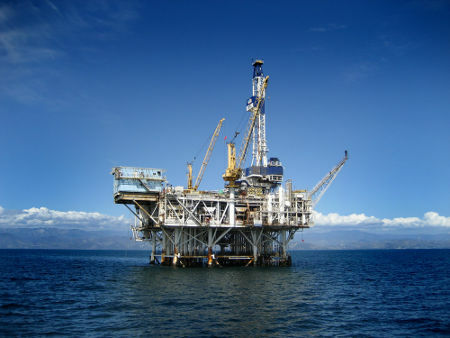We know that all living things are made up of cells. Some have only one cell, others, however, have a large number of these structures, which may or may not form tissue. When several similar cells are united and perform the same function, we say that they constitute a fabric.
The human being is composed of several different tissues that have important functions for our survival. In our body are found about 100 trillion cells and these are grouped into four basic types of tissue, known as: epithelial, connective, muscular and nervous.
Oepithelial tissue presents cells very close together and with little material between them. Its main functions are to protect the body, absorb substances, release secretions (glands) and ensure the perception of some stimuli. Epithelial tissue can be found lining our body and internal cavities and forming glands.
Youconnective tissues, in turn, have cells widely separated from each other and with a large amount of intercellular substance. This type can be divided in several other types, such as:
Connective tissue itself: Its main function is to unite the structures of the body;
Bone tissue: It forms the bones, which together form our skeleton (See figure below);
Fat tissue: It is the tissue in which fat is stored;
Cartilaginous tissue: It forms the body's cartilage, like that found in our ears;
Hematopoietic tissue: Responsible for forming blood cells.

Look at bone tissue, a type of connective tissue
O muscle tissueit has cells with a great capacity for contraction and, therefore, it is related to our movement, nutrition and even our heartbeat. We can classify muscle tissue into three main types:
Skeletal striated muscle tissue: Not able to twitch involuntarily and is found attached to bones;
Striated cardiac muscle tissue: Has the ability to contract involuntarily and is found exclusively in the heart.
Non-striated muscle tissue: It has an involuntary contraction and is found in the viscera, such as the intestine, stomach and uterus.
Finally, we have the nervous tissue,which forms our nervous system and, consequently, acts in the processing of different information. The main cell of this tissue is the neuron, whose main function is to transmit nerve impulses to other cells in the body. Thanks to this tissue and, consequently, to the nervous system, we are able to carry out our vital activities.
Take the opportunity to check out our video classes on the subject:


